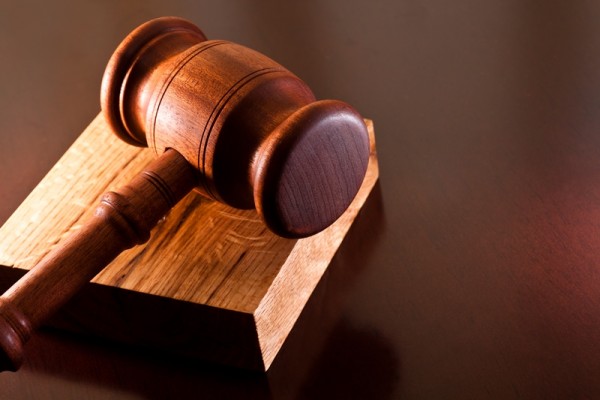California is at the forefront (again) with clear air rules
The golden state, once again, is in the news for leading the way with clear air rules. In an editorial piece this week in the New York Times, California received recognition for the state’s mighty Air Resources Board, which recently issued new rules to cut pollutants.
When the rules are approved, the states’ inhabitants will be exposed to fewer pollutants that affect air quality, and that cause the infamous brown layer most people are familiar with. Along with cutting pollutants that contribute to smog, the state’s new rules will also allow fewer greenhouse gas emissions that contribute to global climate change.
The impact California’s new rules will have on the automotive industry is big as well. Since California is such a huge market for automobile sales, rules that limit pollutants will encourage car makers to produce significantly greater numbers of lower-emission or no-emission vehicles—such as all-electric, hybrid, or hydrogen-powered—to meet demand.
The New York Times’ editorial piece explains that historically, California has been able to put in place its own clean air rules by obtaining a waiver from the federal government. In the 1970s, California led the nation to adopt catalytic converters. California also enacted a law in 2002 that established mandatory reductions of carbon-dioxide emissions from cars. That law paved the way for tough fuel efficiency standards that President Obama approved, the Times explains.
So what are the new air quality rules California hopes to have in place soon? One rule states that by the year 2025, new vehicles will produce 75 percent fewer smog-forming emissions. The other rule says that by the year 2025 also, one out of every seven new vehicles in the state, which could number 1.4 million vehicles, have to produce no emissions. California hopes that by the middle of this century—the year 2050—four out of five cars will rely on batteries or hydrogen power. The state wants to reduce its output of greenhouse gases by 80 percent.
Historically, as the Times’ editorial piece notes, car manufacturers battled with California every time the state pushed for a new air quality rule. This time around, car manufacturers—perhaps owing to their recent troubles and bailout—are more willing to produce automobiles that comply with the stricter air quality rules. Marketplace demand for cars that use less gasoline, as well as their own investment in green technology, means car manufacturers will probably be on board with the adoption of California’s new air quality rules. It’s up to the Environmental Protection Agency to give California a waiver so that it can put the new rules in place.
Tackling its own major air pollution issues, California has produced rules that benefit people in a much broader area than solely the inhabitants within its borders. One could argue that any reduction in air pollutants, emissions, and greenhouse gases that California is able to create has benefits for the planet as well, since greenhouse emissions are a global problem not confined to the airspace over the golden state.
If you are in an accident, you need support. AA-Accident Attorneys provides their clients the expert legal help to win results. You can feel confident that the Los Angeles car accident lawyer who represents you knows your concerns, and the issues you face with crowded roads, freeways, and highways that can lead to automobile accidents, motorcycle accidents, bus accidents, and truck accidents. The car accident lawyer knows these issues from the inside and out—as a legal professional and as a citizen who shares the road and lives in the communities.
AA-Accident Attorneys serves clients in many locations across the United States, and has a car accident lawyer to represent you in San Diego, Riverside, San Bernardino, Orange County, San Fernando Valley, Ontario, Newport Beach, Los Angeles, Fresno, San Jose, San Francisco, Sacramento, and Las Vegas.

lawyers are experienced in handling car accident cases and will ensure you get your accident injury claim handeld by an experienced injury lawyer.We can provide you with auto accident attorneys in many cities across the United States of America such as Riverside, Orange County, Los Angeles, San Fernando Valley, Pomona, Ontario, Newport Beach, and San Jose. See our locations section for all cited represented: AA-Accident Attorneys Injury Lawyer Locations. A California Car Accident Lawyer that will fight for you!


